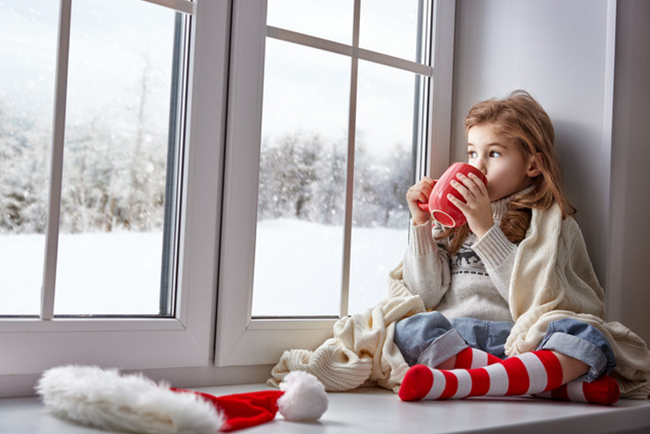Proper window sealing minimizes energy losses
According to the Federal Environment Agency, heating accounts for more than two thirds of final energy consumption in private households. New thermal insulation can significantly reduce energy losses. Three quarters of the existing building stock are more than 30 years old, no longer energy-efficient and in need of refurbishment. Heat is lost above all through leaky windows and roofs as well as uninsulated front doors. This not only boosts heating costs, but also significantly increases the risk of mold.
Tip 1: Find leaky windows with candle and paper
The inside must be tighter than the outside. Otherwise, the warm and humid room air will condense on the colder surfaces. The resulting moisture will cause mold growth. Especially the insulation of older windows should be replaced after some time. The seasonal fluctuations in temperature can cause cracks in the insulation materials. If moisture penetrates, they become porous. There are two easy leak tests. With a candle, you can determine whether drafts enter the room. And: If you can pull out a piece of paper jammed between window frame and window without any resistance, the contact pressure is too low.
Tip 2: Prevent damage by proper sealing
In order to prevent damage, it is crucial that sealing tapes and other insulation materials are expertly and securely fastened to ensure their functionality. The inner, room-facing insulation layer must be vapor diffusion tight, the middle layer between frame and house wall must be filled with heat-insulating materials. The outer insulation layer should be open to vapor diffusion and able to resist all kinds of weather such as driving rain. With floor-to-ceiling windows it is necessary to also seal the window bottom on the room-facing side.
Tip 3: Unpolluted indoor air thanks to EMICODE® products
The tighter the interior of a building, the more important a healthy indoor climate free of pollutants. When choosing insulation panels and sealing products with the EMICODE® EC1 label, you can be sure that the room air will be largely unpolluted. For more than 20 years now, GEV EMICODE® has been testing and certifying building products with respect to their emissions. When undertaking building and renovating work, the label is therefore a useful indicator of which products are most compatible with the residents’ health.

Foto: @choreograph/123rf.com
Share article on Social Media:
